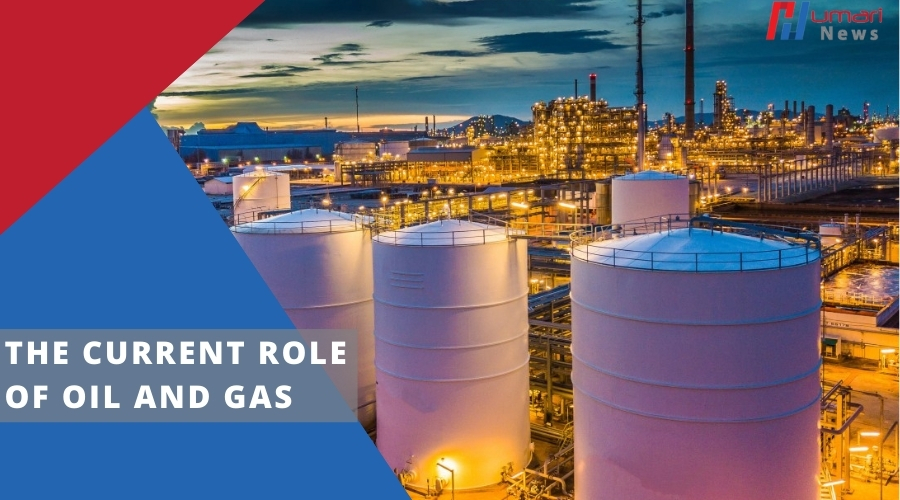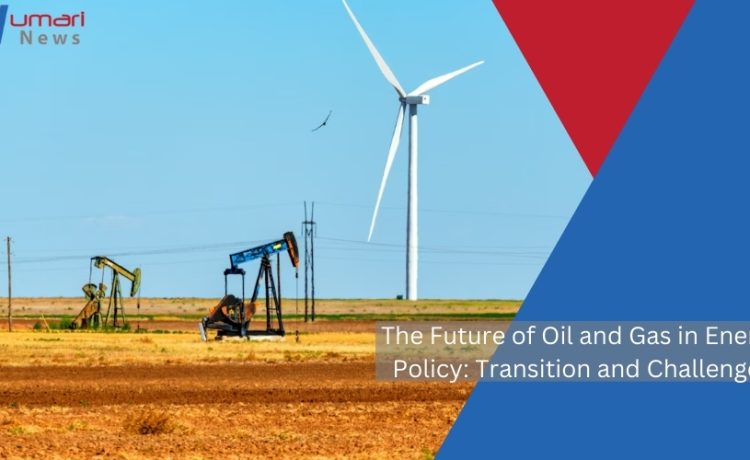The global energy landscape is undergoing a significant transformation as countries and industries pivot toward cleaner and more sustainable energy sources. However, despite the increasing focus on renewable energy, oil and gas continue to play a crucial role in meeting global energy demands.
In this transitional period, the future of oil and gas in energy policy remains a topic of intense debate and strategic planning. This article explores the current trends, challenges, and potential future of oil and gas within global energy policies.
1. The Current Role of Oil and Gas

Oil and gas have been the dominant sources of energy for over a century, powering industries, transportation, electricity, and heating. As of today, fossil fuels, particularly oil and natural gas, still account for around 60% of global energy consumption.
The versatility, scalability, and relative cost-effectiveness of oil and gas have made them indispensable in both developing and developed nations.
For many countries, particularly oil-rich nations in the Middle East, Africa, and South America, the oil and gas sector is a major driver of economic growth and revenue. These nations rely heavily on fossil fuel exports for national income and development projects.
However, the rising tide of renewable energy and climate change concerns has sparked a push toward reducing reliance on oil and gas in energy policies worldwide.
2. Energy Transition and Climate Change Goals
The global shift toward renewable energy, including solar, wind, and hydropower, is largely driven by the need to combat climate change. For the future of oil and gas in energy policy, International agreements like the Paris Agreement set ambitious goals to limit global warming to well below 2°C, ideally aiming for 1.5°C. To meet these targets, many countries are implementing policies to reduce greenhouse gas (GHG) emissions and transition away from fossil fuels.
This transition presents a challenge for the oil and gas sector, as these fuels are significant contributors to global CO2 emissions. Governments around the world are introducing carbon pricing, emissions trading systems, and stricter environmental regulations to accelerate the shift toward cleaner energy.
In response, energy companies are increasingly investing in low-carbon technologies, renewable energy projects, and carbon capture and storage (CCS) to adapt to the evolving regulatory landscape.
3. The Future of Oil and Gas: A Declining but Vital Role
While the long-term future of oil and gas will likely see a decline in their dominance, these resources will still play an essential role in the global energy mix for decades to come. There are several reasons for this continued reliance:
- Energy Demand Growth in Developing Countries: In emerging economies, energy demand is growing rapidly, particularly in Asia and Africa. Countries like India, China, and parts of Southeast Asia still rely heavily on oil and gas for transportation, industrial use, and electricity generation. The affordability and availability of fossil fuels make them critical to supporting economic growth and energy access in these regions.
- Transition Fuel Role for Natural Gas: Natural gas is often seen as a “bridge” fuel in the transition to a low-carbon future. It is cleaner than coal and oil, producing fewer emissions when burned. Many energy policies prioritize natural gas as a way to reduce emissions in the short-to-medium term while renewable energy capacity continues to grow. As a result, liquefied natural gas (LNG) is expected to play a key role in the global energy mix for the foreseeable future.
- Technological Innovations and Carbon Capture: Advances in carbon capture, utilization, and storage (CCUS) technology offer a way for the oil and gas industry to reduce its carbon footprint. By capturing CO2 emissions from oil and gas production and storing them underground, companies can mitigate the environmental impact of fossil fuel use while maintaining their role in energy systems.
4. Challenges Facing the Oil and Gas Industry

Despite the continued importance of oil and gas, the industry faces several challenges:
- Declining Investments in Fossil Fuels: As global investors and financial institutions increasingly align their portfolios with environmental, social, and governance (ESG) goals, the oil and gas industry is experiencing reduced access to capital. Many funds are divesting from fossil fuels and focusing on renewable energy investments.
- Price Volatility and Market Uncertainty: The oil and gas markets are highly susceptible to geopolitical tensions, trade disputes, and market fluctuations. Recent global events, such as the COVID-19 pandemic and the Russia-Ukraine conflict, have caused significant disruptions to oil supply chains, leading to price volatility and uncertainty.
- Regulatory Pressure and Environmental Activism: Governments around the world are tightening regulations on fossil fuel extraction, transport, and emissions. Environmental activism has also increased, pressuring companies and policymakers to accelerate the transition to cleaner energy sources.
5. A Balanced Future for Energy Policy
The future of oil and gas in energy policy will involve striking a balance between meeting immediate energy demands and achieving long-term climate goals. While renewable energy technologies are advancing rapidly, the global infrastructure needed for a full transition is still developing.
In the meantime, oil and gas will continue to provide essential energy to industries and countries reliant on fossil fuels, but with increasing scrutiny on reducing environmental impacts.
The world moves toward cleaner energy, oil and gas will remain a crucial, albeit shrinking, component of global energy policy for the next several decades. The key to the future of oil and gas in energy policy lies in innovation, collaboration, and a focus on sustainable practices that allow the energy industry to meet global needs while supporting the fight against climate change.







